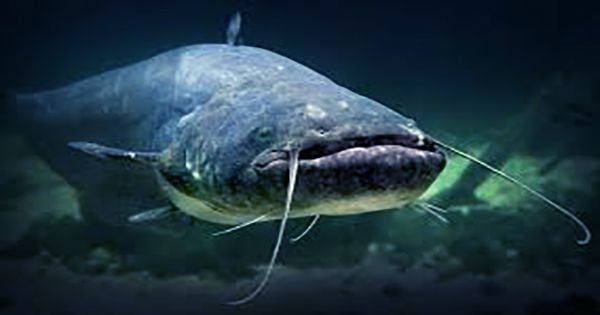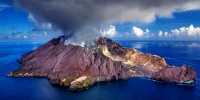The Great Lakes of North America is by far the largest connected freshwater system in the world. Their biology has changed drastically with the establishment of aggressive populations of zebras and quagga oysters, with large numbers of native plants and animals declining.
A new study shows that quagga oysters cycle to the lake’s phosphorus store, one of the few elements needed for almost all life. The authors warned that many European lakes could lead to similar falls now that oysters are spreading there, and give some idea of how to control the invaders.
In the ubiquitous story of the invasive species, the oysters succeeded in reaching the Great Lakes from their native Ukraine to the mountain waters, as they had no natural predator to control them. Oysters concentrate contaminants in their tissues, causing problems for some fish (and humans) that can eat in clean conditions.
The lakes below often contain more than 10,000 oysters per square meters (1000 per square foot), leaving no room for anything else on the lakebed. They consume so much phytoplankton that the production of living material from sunlight away from the coast reduced by up to 70 percent.
Professor Sergei Katsev of the University of Minnesota Duluth said in a statement, “quagga oysters are dominant in the Great Lakes in terms of biomass.”
Oysters appeared when lake ecosystems were recovering from huge algal blooms driven by excess phosphorus runoff that depletes lakes of oxygen and kills other inhabitants. All the time Erie Lake limited the amount of phosphorus in the lakes, returning to health when the oysters hit. It turned out that the two crises was connected, because the oysters partially damaged the phosphorus by altering the cycling, a Katsev and co-authors published in the proceedings of the National Academy of Sciences.
Although the zebra and quagga oysters once performed similar over’s at the bottom of the lake, the coyotes have now defeated and dominated the zebra oyster in their own game. They swallow vigorously from their column of water, including phosphorus, and transfer most of it through its feces and into silt when their bodies decompose.
The paper reports, “The tissues and shells of the quagga oysters now contain almost as much phosphorus as compared to the entire water column of the Great Lake.” Oysters remove phosphorus from manifolds many times before water arrives but it re-releases at a much faster rate than continuous blinking.
Lead author Dr Jiying Li, of the Hong Kong University of Science and Technology said, “Oysters have briefly promoted the normal paths of phosphorus cycling in lakes.” “And the productivity of the lakes is now tied to what the oyster population is doing.”
The result is that the number of oysters controls the availability of phosphorus – and therefore the amount of life that can extend in the water column -. As oysters grow and die in the wild with their availability, they disrupt the fragile ecosystems of lakes, making it difficult for species that do not compete directly with them to survive. Although the situation seems to be similar in the three lakes in the middle, the paper observed significant differences in oyster abundance, as the authors think, further reduction of phosphorus input may eventually lead to the recovery of Lake Ontario, but something different needed for other lakes.
















